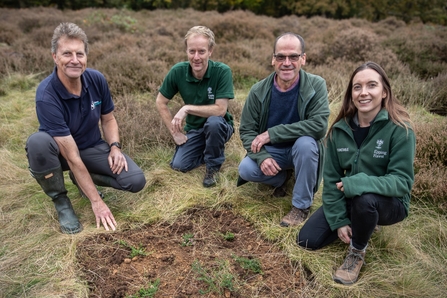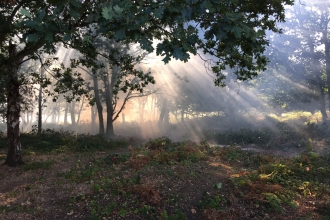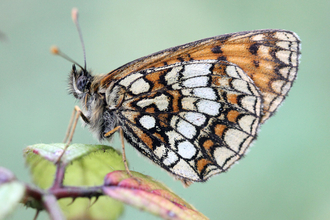A delicate heathland species, bell heather (Erica cinerea), is set to make its return to Epping Forest after disappearing more than 50 years ago. This restoration effort is part of a conservation collaboration between Essex Wildlife Trust and City of London Corporation.
Bell heather, which thrives on dry, free-draining acid heathland, was once present at Long Running Heath in Epping Forest but vanished in the late 1960s. Unlike its relative heather (Calluna vulgaris), or the cross-leaved heath (Erica tetralix) which prefers damper conditions, bell heather has very specific habitat needs, making it particularly vulnerable to habitat loss.







